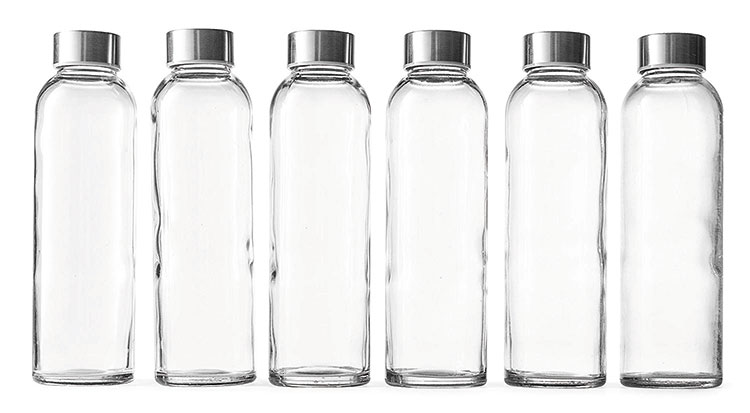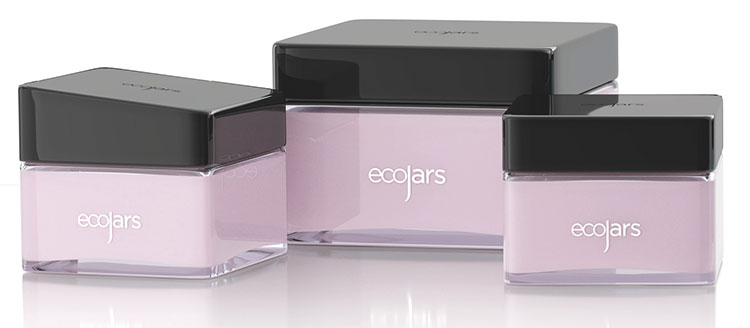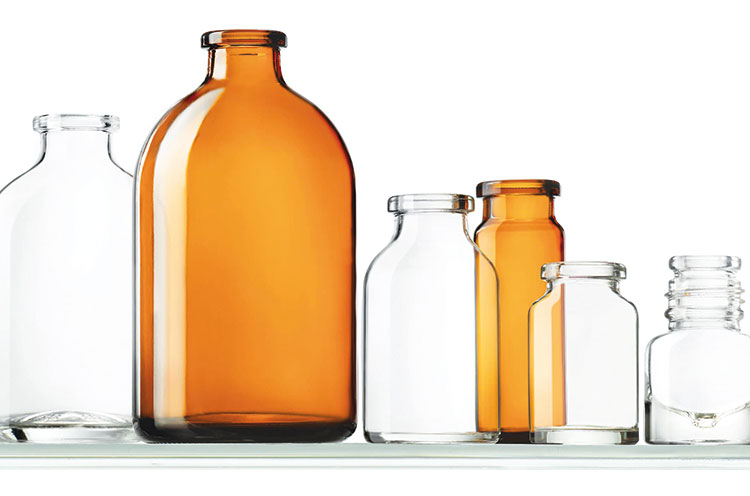Glass packaging – Data 2017
Market data and development prospects. Strength: transparency and naturalness. Barbara Iascone

This analysis examines the glass used for primary packaging of liquid, semi-liquid or powder products and is based on the findings reported by the Italian Institute of Packaging in its official publication. We will therefore analyse the areas of hollow and tubular glass: The first segment comprises bottles, jars and flacons; the second vials and flacons.
Market considerations
Glass packaging has often and for a long time been the subject of intense competition from other types of packaging, in particular, depending on the intended use, from plastic and paper.
The food sector (food & beverage), cosmetics and pharmaceuticals have always been the areas that use the largest quantity of glass packaging, the performance of which is therefore greatly influenced by the trend of the user sectors. In the case of wine, for example, bottled essentially in glass, more or less substantial variations in the sector’s balance sheet can also register significant changes in the production of glass bottles.
But, in recent years, marketing and communication strategies have also influenced the trend of this type of pack, present on the market since time immemorial compared to other packaging, and that has always been associated with elegance, transparency and sustainability. This has meant that, in some cases, the leading companies in non-performing sectors - emblematic the case of carbonated drinks - have focused on glass packaging to revive the consumption of products that are selling poorly. An example of all is that offered by Coca Cola, which has returned to “pushing” the classic and traditional glass bottle. But this packaging solution is also conquering new market shares at the expense of plastic in relation to “alternative” and new products, which aim to be recognized as “healthier” thanks to the use of stevia instead of sugar or, even, thanks to the elimination of sugars.
A similar approach is being adopted for fresh milk, where consumption in Italy is affected by a downturn.
Marketing and communication choices by major brands in favour of glass packaging might therefore well open up new and further prospects.

Sector data
In 2017 the production of glass packaging was at around 4,050 t/000, having grown by 3% compared to the previous year. Good performance in production is associated both with the domestic market and exports. Unlike the previous year, when only Italian consumption was driving growth, while exports were falling, in 2017 the former parameter grew by 2%, exceeding 4,200 t/000, the latter by 1.6 %. Imports are down by 3.6%.
Despite this percentage of imports, the trade balance remains negative, given that the element that has always characterized the Italian market for glass packaging, whether jars or bottles, prevails: domestic production does not meet domestic demand, hence resorting to imports is mandatory. This means that apparent use is always greater than production.
Production seen in terms of turnover grew by 1.5%.

Bottles: production and outlet markets
Bottle production accounts for 88% of the glass packaging area and in 2017 registered a 3% growth. The trend in bottle production was most influenced by exports that, in 2017, grew by 4.3% compared to 2016, but the domestic market also put in a + 1.9% . Imports fell (-4%), though with the balance of trade still negative. The positive production figures are linked to the growth trends of the various sectors of use, starting with mineral water which, alone, represents 67% of the glass bottle outlet market and which, in 2017, registered a + 7%, with significant increases in the catering and horeca areas, where the glass bottle predominates.
In 2017 more than 5 million tons of glass bottles were used, 74% of which non returnable, 26% returnable.
37.5% of the glass bottles used in Italy were destined for the wine and sparkling wine market, 29.4% for the mineral water market. And if beer absorbs 3%, the remaining 20.1% is divided between other beverages (both alcoholic and non alcoholic) accounting for 10.2%, condiments and tomato derivatives accounting for 9.9%.
Jars: production and outlet markets
The production of glass jars in 2017 registered a growth of 2.6%, influenced exclusively by the domestic market, which grew at a rate of 4.5%. Exports were down (-7.4%), while imports increased by over 6%. The main area use of glass jars is that of food preserves (including fish products), with a 56% share; the remaining 44% is divided between sauces, babyfoods, jams, yogurt and fresh desserts, spices and more.
In 2017, around 1,750 t/000 of glass jars were used in Italy, of which 23.9% was destined for legumes and 17.7% for yoghurt. Babyfood accounts for 12.3% of jar tonnage, while pickled products and products in oil account for 8.8%. 7.3% are destined for the market of sauces of various types, both tomato-based and other. In 2017 5.3% of glass jars were used for fish products (tuna, anchovies and sardines), while the remaining 24.7% is divided between fruit in syrup, olives, sweetcorn, spices, jams, spreads and more.
Flacons: production and outlet markets
The production of hollow glass flacons is also growing, + 2.4%, used 58% in cosmetics, 33% in the pharmaceutical sector and for the remaining 8% for other packaging. With regard to tubular glass, used for 85% in the pharmaceutical sector, there has been a 2.6% increase in production, a trend driven exclusively by exports (+ 9%). Both imports (-4%) and the Italian domestic market (-4.6%) showed a drop. The remaining 15% is divided between cosmetics and other uses.
Barbara Iascone
Istituto Italiano Imballaggio




















